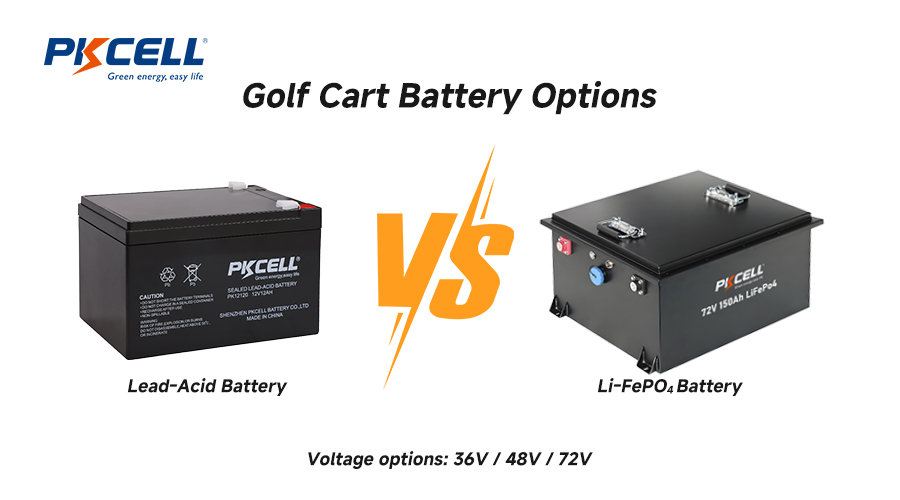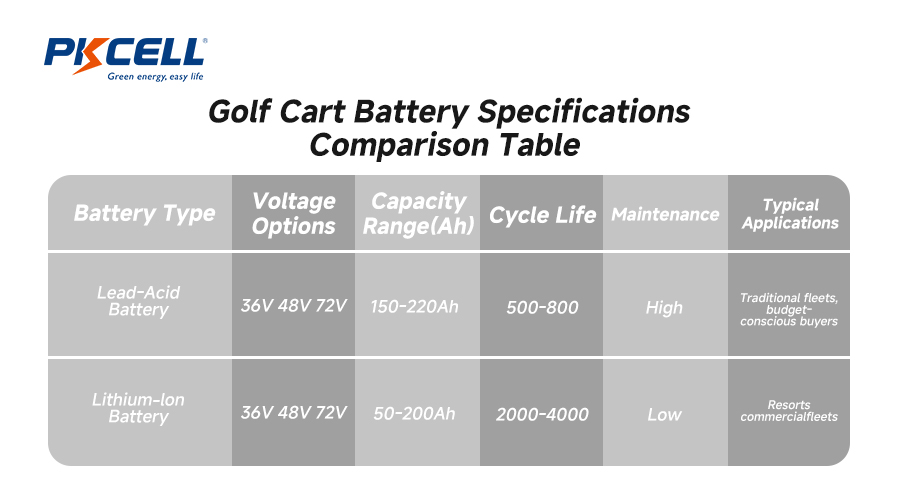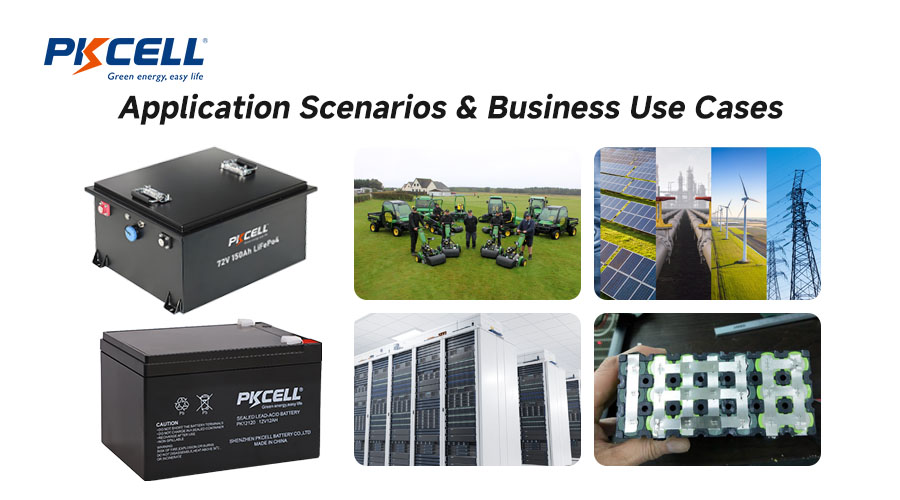
Backup Power Supply For Industrial Machine
This is a case about the customer order his customize battery pack anout backup power supply for industrial machine
Оставьте заявку на бесплатную консультацию

Golf carts today are more than just a convenience for golfers. Resorts, universities, airports, factories, and private communities rely on them daily for transport and operations. At the heart of these vehicles lies the battery. Choosing the right golf cart battery is not just about keeping carts moving—it directly affects uptime, maintenance costs, and the long-term return on investment for your fleet.
This guide explores the different types of golf cart batteries, their performance in fleet environments, and why businesses should carefully evaluate suppliers before committing to large-scale purchases.
For a golf course or resort managing dozens of carts, battery performance is critical. If a cart dies halfway through a round, guest satisfaction plummets. If a university shuttle cart can’t complete its route, it disrupts daily operations. Poorly chosen batteries don’t just shorten runtime; they increase maintenance costs, create downtime, and cut into your bottom line.
The right battery, on the other hand, ensures consistent performance, fewer replacements, and long-term cost savings. It’s not only a technical decision—it’s a business decision.
Golf carts typically operate on three main voltage platforms: 36V, 48V, and 72V. Older carts often run on 36V systems, while modern fleets favor 48V for improved efficiency. Heavy-duty carts, like those used in industrial or utility settings, may require 72V.
Matching the right voltage to your cart’s motor is essential. Undervoltage results in sluggish performance, while overvoltage risks damaging electronics. Fleet managers need to standardize around the correct system to ensure smooth operations and easier maintenance.

The majority of older golf carts still run on flooded lead-acid batteries. They’re affordable upfront, but they require regular watering and have limited cycle life. By contrast, Lithium-Iron-Phosphate (LiFePO₄) batteries are lighter, longer-lasting, and virtually maintenance-free. While the initial cost is higher, the savings over a 5–8 year period can be dramatic.
A set of lead-acid batteries might cost less initially, but over time they require frequent replacement and heavy maintenance. Lithium packs can last up to five times longer, meaning a single lithium installation often outlives several sets of lead-acid replacements.
Lead-acid batteries demand monthly watering and equalization charging. In a large fleet, this adds up to hundreds of labor hours per year. Lithium requires none of this, freeing staff to focus on other operational needs.
Lithium’s lightweight design translates to longer range. A 48V 105Ah lithium pack, for example, can power a cart up to 35 miles per charge, while cutting recharge times in half compared to lead acid. For fleets, this means fewer charging stations and more uptime.
Lithium eliminates the acid fumes and spill risks associated with flooded lead-acid batteries. They’re also more energy efficient, and many suppliers provide certified recycling programs—an important factor for companies with sustainability goals.

For B2B buyers, lithium’s appeal is simple:
Guest experience depends on carts running smoothly for 18 holes without issues. Resorts switching to lithium often see higher guest satisfaction scores because carts simply “work” all day.
Large facilities rely on carts for staff mobility. A single cart breakdown can disrupt operations. Lithium solutions provide consistency and reduce downtime.
Repair shops and OEMs can benefit from wholesale pricing and custom branding, helping them serve end-users with reliable, ready-to-install packs.

Fleet managers should standardize battery voltage across their cart fleet. Mixing voltages complicates maintenance and creates inefficiencies.
Lithium packs can be 30–50% lighter than lead acid, easing strain on motors and extending vehicle life.
Lithium batteries support opportunity charging, allowing carts to “top up” quickly during short breaks—ideal for high-use fleets.
Always check warranty length and after-sales support. For B2B buyers, reliable service contracts are as valuable as the batteries themselves.
For businesses managing fleets, supply reliability is just as important as battery performance. PKCell provides bulk battery supply for golf courses, universities, and industrial fleets, with tailored solutions that include lithium packs with smart BMS, custom connectors, and OEM-ready designs. All products meet UN38.3, CE, and UL certifications, ensuring safe deployment worldwide.
Quote for PKCell Golf Cart Battery
What voltage golf cart battery do I need?
Most standard carts use either 36V or 48V systems. Heavy-duty or utility carts may require 72V. Always match the voltage to your cart’s motor and controller specifications.
Are lithium golf cart batteries worth the investment?
Yes. While the upfront cost is higher, lithium batteries last up to five times longer than lead acid, require no maintenance, and reduce downtime—making them cost-effective over their lifespan.
How long do lithium golf cart batteries last?
A quality LiFePO₄ pack typically lasts 2,000–5,000 cycles, which translates to 8–10 years of regular fleet use. Lead acid, by comparison, usually lasts 2–4 years.
Can I retrofit lithium batteries into a lead-acid golf cart?
Yes. Many lithium packs are engineered as drop-in replacements for lead acid. However, confirm compatibility with your charger and controller before upgrading.
What certifications should I look for in golf cart batteries?
For commercial and global deployment, ensure batteries meet UN38.3, CE, and UL standards. These certifications guarantee safety, transport compliance, and reliability.